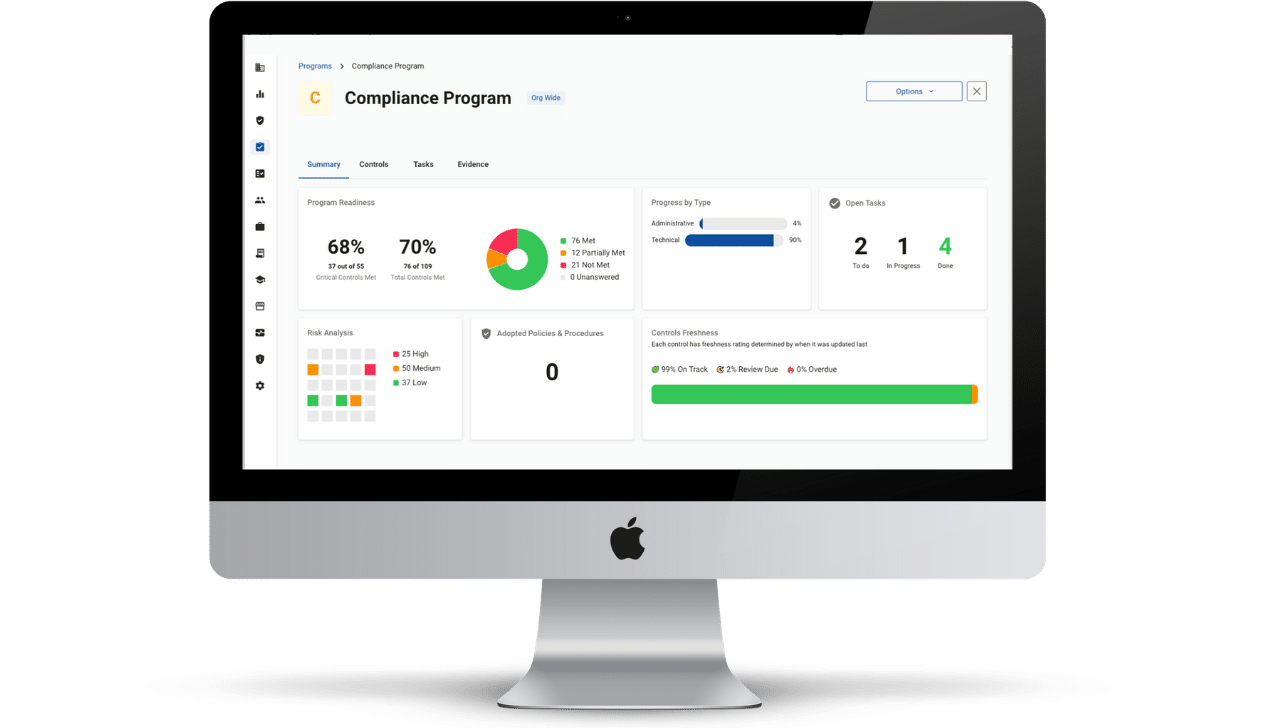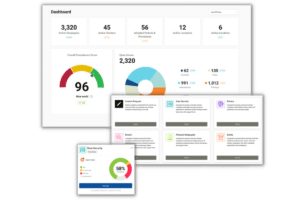
Ensuring that your network is HIPAA compliant is crucial when you are a part of the healthcare industry. HIPAA sets the standard for protecting sensitive patient data. Failure to comply with HIPAA regulations can result in hefty fines and legal repercussions. To avoid these consequences, it is important to understand the requirements for HIPAA network compliance and follow a comprehensive checklist.
As an MSP working in the healthcare vertical, your clients will look you to help them implement a HIPAA compliant network architecture within their organization.
Understanding HIPAA Compliance Requirements for Networks
When you work in the healthcare vertical, you and your clients must implement technical, physical, and administrative safeguards to protect electronic protected health information (ePHI).
Network security is a critical component of HIPAA compliance, as it involves securing the transmission of patient data.
You can use our Ultimate HIPAA Network Compliance Checklist as a guide to helping your clients meet HIPAA security standards:
Physical Network Security Measures
- Limit physical access to servers and network equipment to authorized personnel
- Install security cameras and alarms to monitor physical access to servers and network equipment
- Implement environmental controls, such as temperature and humidity monitoring, to protect servers and network equipment
- Implement secure disposal procedures for electronic devices that contain ePHI, such as hard drives and USB drives
Technical Network Security Measures
- Implement access controls to ensure that only authorized individuals can access ePHI
- Implement audit controls to track the activity on the network
- Implement integrity controls to ensure that ePHI is not destroyed or altered
- Implement transmission security to protect ePHI during transmission
- Use firewalls, intrusion detection systems, and antivirus software to protect against cyber threats
- Use encryption to protect ePHI during transmission and storage
- Regularly update software and security patches to address vulnerabilities
Administrative Network Security Measures
- Develop and implement security policies and procedures that address network security
- Train employees on network security policies and procedures
- Conduct regular security risk assessments to identify vulnerabilities and address them
- Develop and implement a breach notification plan in the event of a security breach
- Ensure that business associates, such as IT vendors, are also HIPAA compliant
How to Help My Client Create a HIPAA Compliant Network
We are all aware of the importance of device security, ePHI backup, and user access management for achieving HIPAA compliance. However, a secure network design is frequently disregarded by service providers. This is where we can come to your rescue!
Let’s look at the physical, data link, network, and transport levels of the OSI (layers 1-4). To ensure network security, you should pay close attention to these levels:
Layer 1 (Physical Layer):
- Protect server rooms
- Protect cabinets
- Protect network cables
- Protect WAPs
- Setup secure passwords
- Use encryption to block unauthorized entry
Layer 2 (Data Link Layer):
- Implement security measures (VLANs, MAC filtering, Port Security)
- Setup 802.1X authentication on wired & cellular devices
Layer 3 (Network Layer):
- Implement firewalls at the Network Edge and between various network parts
Alternatives for firewalls include: SASE (Security Access Service Edge) & CASB (Cloud Access Security Broker). These solutions give network traffic control at a more granular level and can aid in protecting cloud-based apps
Layer 4 (Transit Layer):
- Implement secure methods like SSL (Secure Sockets Layer) & TLS (Transport Layer Security) for data in transit
- Setup VPNs to securely link remote workers to the network
In general, protecting the networks of your medical customers is essential for HIPAA compliance. You can adopt a robust network architecture that safeguards patient data by concentrating on the physical, data link, network, and transport layers. To guarantee the network of your clients is secure, stay up with the most recent security best practices and think about using SASE (Secure Access Service Edge) and CASB (Cloud Access Security Broker) solutions. Stay secure!










